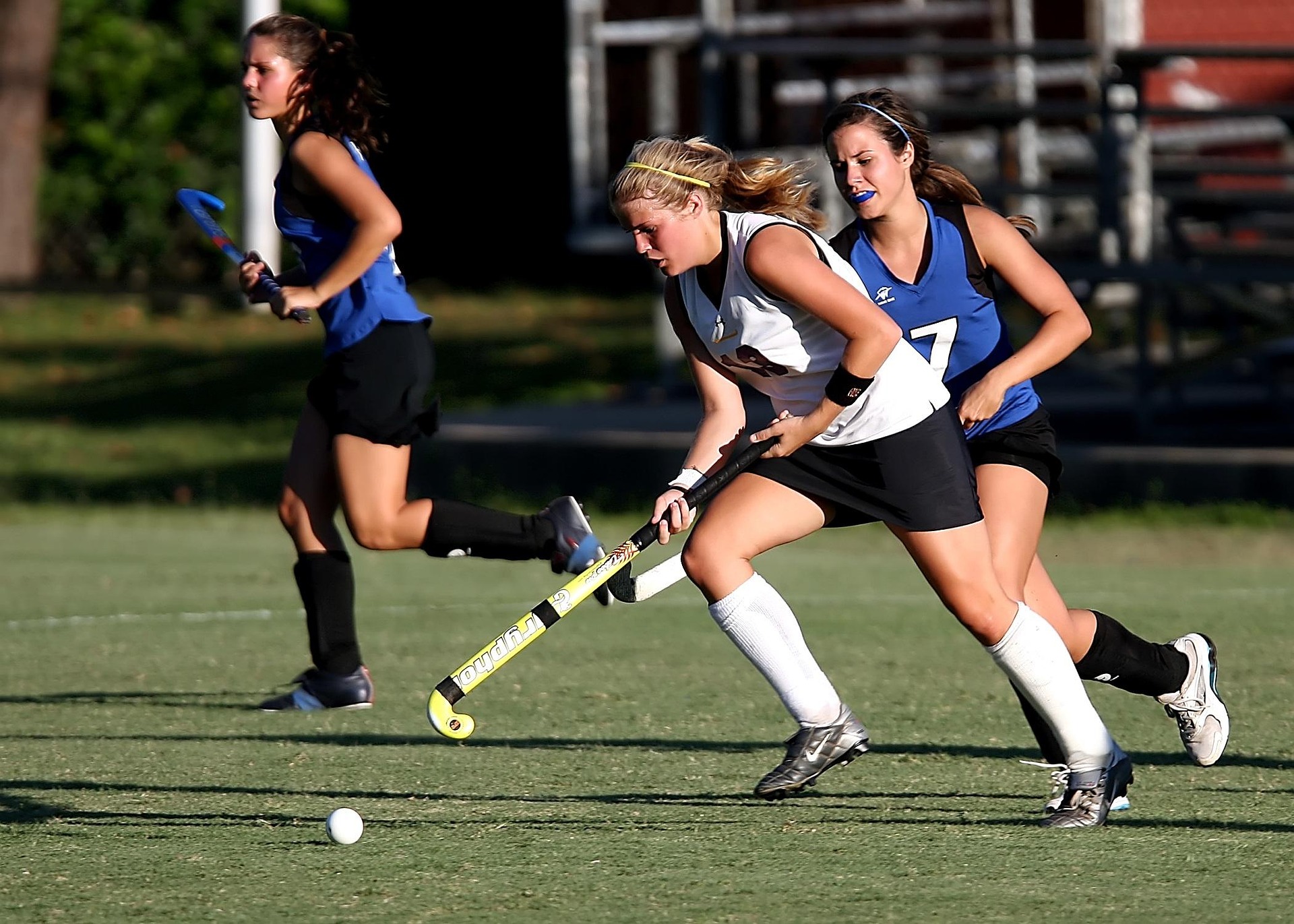Breaking Down the Biomechanics of the Tennis Serve
The tennis serve is often considered the most important shot in the game. This pivotal action combines power, precision, and technique, setting the tone for each rally. Understanding the biomechanics of the tennis serve can provide insights into how players can maximize their performance on the court.

The Historical Context of the Tennis Serve
The technique and style of the tennis serve have evolved throughout the history of the game. In the early years of professional tennis, serves were primarily used to initiate the point rather than as a scoring weapon. They were simple underhand tosses, focusing more on accuracy than power.
However, as the game progressed and players began exploiting the serve as a strategic advantage, the action evolved into a complex, biomechanically demanding motion. Today, the serve is often the difference between winning and losing a match.
Current Trends in Tennis Serve Technique
Modern professional tennis players use a variety of serve techniques to gain an advantage over their opponents. Flat serves, slice serves, and kick serves are all standard in today’s game. Each of these involves unique biomechanics, allowing players to achieve different velocities and ball spins.
Most top players utilize the “trophy position” during their serve. This position involves fully extending the non-dominant arm towards the ball while the racquet’s hand is pulled back, ready to swing forward. It increases torque and allows for a powerful serve.
Another trend in the modern game is the use of pronation during the serve. This technique involves rotating the forearm so that the palm is facing downwards at ball impact, facilitating greater racquet head speed and power.
The Science Behind a Powerful Serve
Biomechanically, an effective tennis serve hinges on the kinetic chain—a sequence of coordinated body movements transferring energy from large, central body parts to smaller, distal ones. This chain typically starts from the leg push-off, moving to the trunk rotation, shoulder internal rotation, and finally, to the wrist snap.
This kinetic chain allows players to generate substantial force without overloading a specific muscle group, reducing the risk of injury. The benefits are two-fold: maximizing power while preserving player health.
The Challenges and Applications of Serve Biomechanics
Understanding and applying the biomechanics of the tennis serve is not without challenges. The complex sequence of movements requires excellent timing, coordination, and body control. A minor error in any part of the kinetic chain can significantly impact serve quality.
However, mastering these biomechanics can provide a competitive edge. With the right technique, players can optimize their serve speed, accuracy, and spin—key factors that can dictate the flow and outcome of a match.
Conclusion
The biomechanics of the tennis serve is a fascinating blend of sports science and technical precision. While it presents certain challenges, its mastery can significantly enhance on-court performance. As the game of tennis continues to evolve, it remains to be seen how serve techniques will progress further. But one thing is clear—the serve, with its complex biomechanics, will continue to be a defining feature of the sport.




